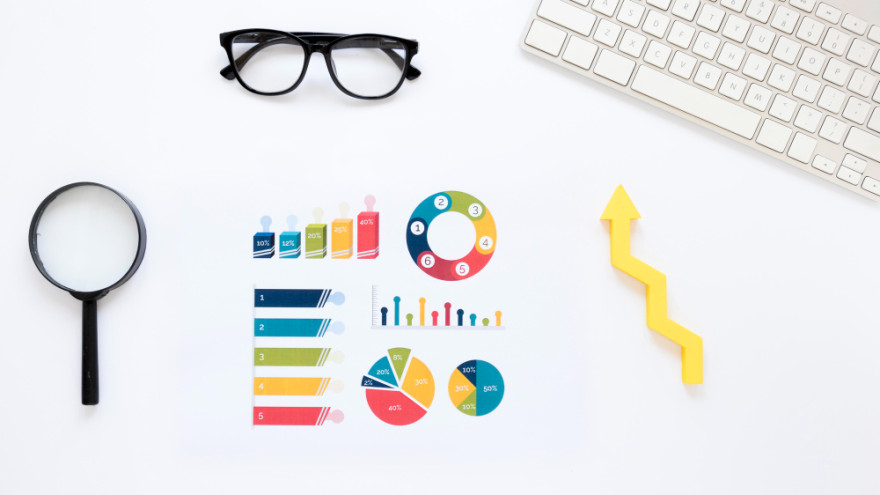
Influencer campaigns have become indispensable in the marketing world in recent years. Yet many brands and agencies still ask the same question:
In influencer marketing, evaluating campaigns correctly is just as critical as executing them the step that separates professional teams from the rest. A piece of content that seems to have high reach may contribute very little to the brand in the real world.
As of 2025, it’s not just about “shooting a video”; it’s about storytelling, connecting with short and natural content, and strategically using original formats.
Success in influencer campaigns isn’t just about the right strategy it’s about intervening at the right time.
Digital advertising is evolving. While influencer marketing plays a key role in how brands reach their audiences, concepts like data-driven decision-making, automation, and measurable impact are moving to the center of this transformation.
For agencies, influencer marketing doesn’t end with running a campaign. What really makes the difference is how you present the results because brands want to see the impact of every collaboration through meaningful, measurable, and reliable data.
For agencies, influencer discovery is now much more than just “scanning social media” or “checking follower counts.
Influencer marketing, when properly planned, can become an extremely powerful marketing tool. However, many brands find themselves saying, “It didn’t turn out the way I expected” after a campaign ends. The problem usually isn’t what happens after the campaign, but rather that the right questions weren’t asked beforehand. This is where Hyperiser’s data driven analytics […]
Influencer marketing is no longer a field where trial-and-error is acceptable. Brand reputation, campaign budget, and consumer perception are all shaped by the accuracy of influencer selection. The right partnership builds trust, loyalty, and sales for your brand, while the wrong match can lead to budget waste and brand damage. So how do you choose […]
Today, many brands prefer to work with micro-influencers—creators with smaller audiences but higher engagement.